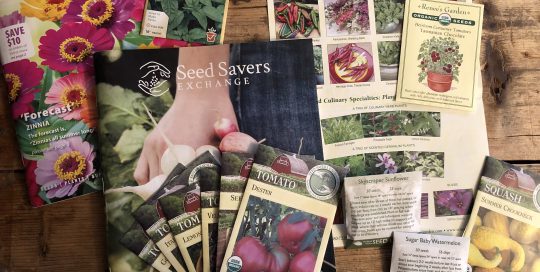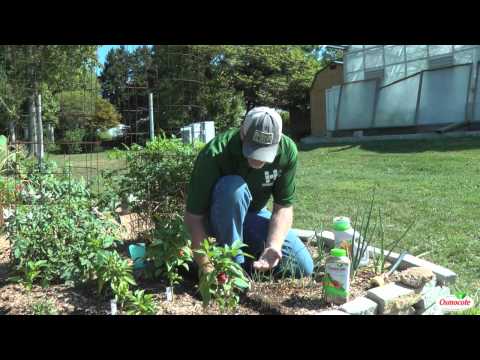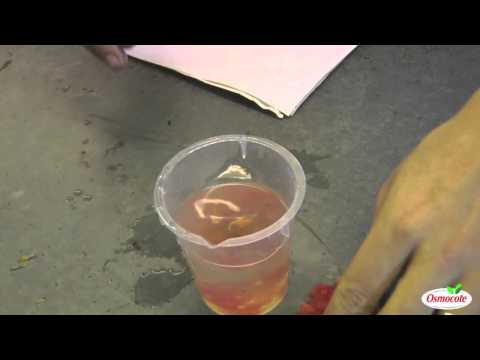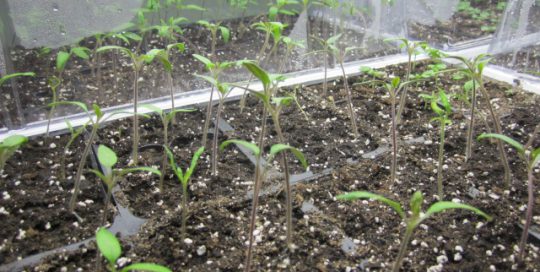Growing From Seed
The winter winds are howling and a layer of snow blankets our garden, but I take comfort when I think about spring. Seed catalogs began arriving in our mail box (and email) in late November. Tempting photos of tantalizing tomatoes, colorful flowers and savory herbs make me yearn for one of everything. However, I know I won’t have room in the house or my garden. So, I’ve started a list of must-haves and unusual flowers and vegetables that I can grow from seed.
Growing plants from seed gives me a feeling of accomplishment (and bragging rights). It also lets me grow more varieties than I can find at local garden centers. Plus, it saves money. A one-gallon pot of purple coneflowers, for example, can cost $8 to $10 or more. A packet of coneflower seeds can provide dozens of the same plant for about $3.
Many plants can be grown from seed indoors in spring while others, such as beans and squash, are sown directly in the garden when warm weather arrives.
Getting Started
To grow seeds indoors, you’ll need a bag or two of seed-starting or soil-less potting mix. Don’t use heavy “garden soil.” It can contain diseases and does not provide good drainage for the roots of tender seedlings. You’ll also need a container—a seed-sowing flat with individual planting cells, plastic, ceramic, or clay pots (even a clean milk carton or yogurt container will work as long as it has drainage holes in the bottom) and a tray underneath to catch the water. I slip the seed packet into a plastic Ziploc bag and put it on a stake or tag in the pots so my seedlings don’t get mixed up.
Moisten the potting mix so it’s slightly damp and place it in the pots before sowing the seeds. Study the seed packet instructions for sowing depth. If the seeds are planted too deep, they won’t sprout.
Some very fine seeds need light to sprout. I tamp them gently on the top layer of soil and sprinkle them with a paper-thin layer of fine potting mix. Most seeds germinate best if the pots are covered loosely with a sheet of plastic wrap. This helps prevent the soil mix from drying. If you grow the seedlings in a sunny window, remove the plastic wrap during the day to prevent excess heat. After the seeds germinate, place the container in a cool, bright, well-ventilated area and remove the wrap altogether.
When there are too many seedlings in one pot, I use scissors to snip off the weakest growing plants at the soil level. Eventually, most seedlings will need to go into larger pots before heading outside. When transplanting, handle the plants by the leaves, not their delicate stems.









